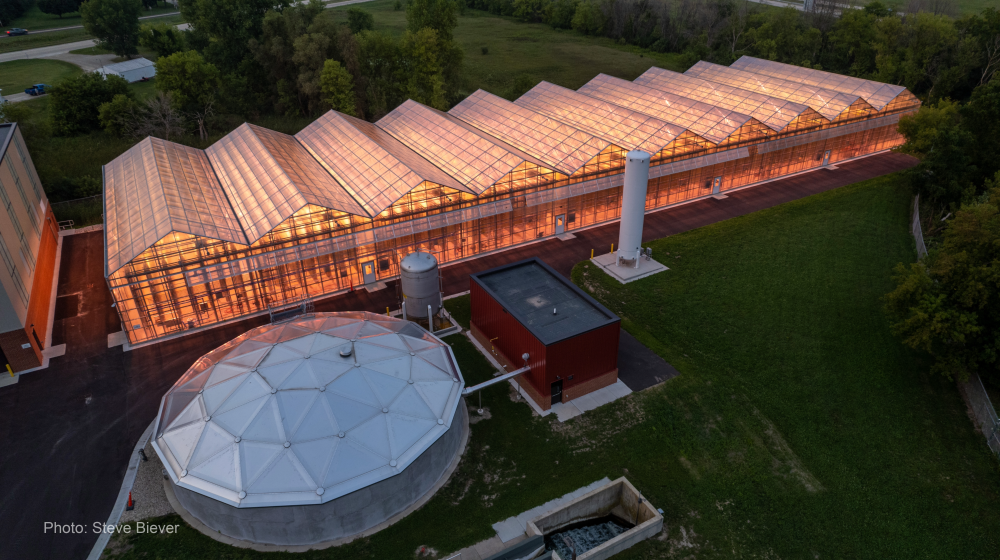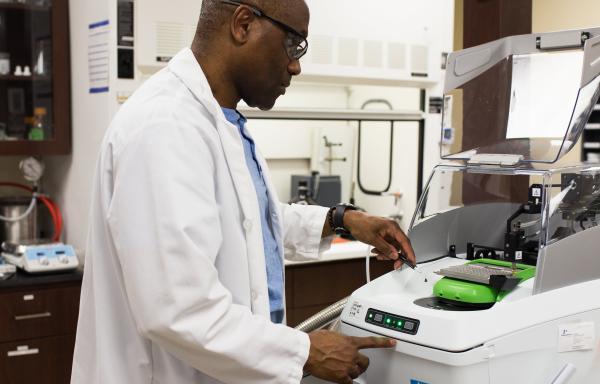
In May 2021, a groundbreaking was held at the Waupun Wastewater Treatment Facility to mark the start of construction on a new Advanced Biological Nutrient Recovery (ABNR) system. Roughly 140 days later, attendees of the 2023 Algae Biomass Summit, the largest gathering of professionals in the algae and seaweed economy, were brought in by coach bus for a 3-hour, in-depth tour of the largest such facility in the country.
Wastewater treatment facilities across Wisconsin are evaluating and upgrading their facilities by 2025 to comply with phosphorus limits mandated by the U.S. Environmental Protection Agency and Wisconsin Department of Natural Resources.
After a study in 2020, the ABNR system emerged as a preferred option for Waupun’s wastewater treatment facility to achieve compliance with its phosphorus limits in the Rock River Basin.
That’s where USDA Rural Development came into the picture. Rural Development obligated more than $37 million to the city of Waupun through the Water and Waste Disposal Loans and Grants program.
The Water and Waste Disposal Loan and Grant program provides funding for clean and reliable drinking water systems, sanitary sewage disposal, sanitary solid waste disposal, and storm water drainage to households and businesses in eligible rural areas.
The ABNR system is a biological wastewater treatment solution that uses algae to consume overabundant nutrients and achieve ultra-low nutrient levels. In this case, the nutrients targeted for recovery are primarily phosphorus and nitrogen.
During the recovery phase in the ABNR Greenhouse, 83 miles of 18.5-foot-tall glass tubes work to produce algae from nutrients in the wastewater. The algal biomass then makes it to the harvest phase where it is dewatered, dried, and eventually turned into products like bio foam for shoe insoles, ink and bioplastics.
“This project has been five, six years in the making,” said Steve Schramm, Treatment Facilities Operations Superintendent. “It’s been a team effort across the board. We’re very excited to have this project completed.”
Visit https://www.rd.usda.gov/wi to learn more about programs for your community and how to apply.

